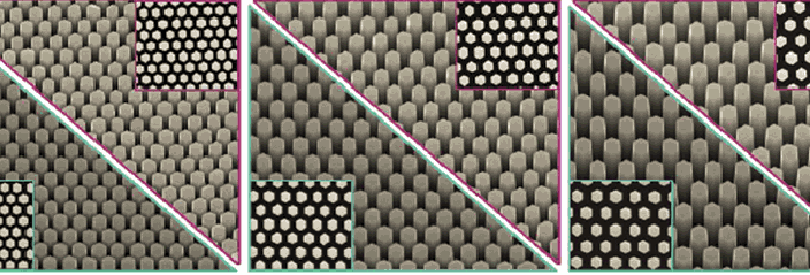The activity and expertise of the NanoMAT Team are focused on the chemical synthesis and crystal growth of low-dimensional materials (i.e. 2D and nanolamellar materials, ultra-thin films, nanowires, nanostructures, …) and their combination into innovative heterostructures. Our investigations aim at elucidating the nucleation and growth mechanisms of these objects, as well as determining and controling their morphological, structural, and physical properties at the nanoscale and at the different interfaces involved. These investigations that are essentially fundamental generally address applicative issues in the fields of microelectronics, optoelectronics and energy, more particularly related to valence change memories, neuromorphic computing systems, self-powered UV photodetectors, nanostructured solar cells, piezoelectric nanogenerators and sensors, or even micro solid oxide fuel cells.
Research Lines
Our activity is divided in 4 research lines:
Nanolamellar & 2D Materials
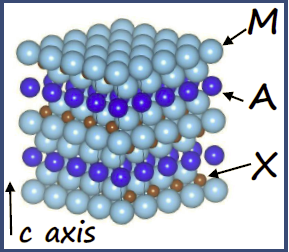
- MAX phases, ultra-thin films, 2D materials
- MXenes: a new family of 2D electron systems obtained by MAX phase exfoliation.
- More information here
Semiconducting nanowires & nanostructures
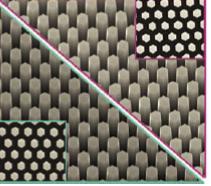
- ZnO nanowires: spontaneous and selective area growths
- Growth mechanisms and properties: doping, polarity, …
- Core-shell heterostructures & semiconductors
- More information here
Oxides for nanoionic devices
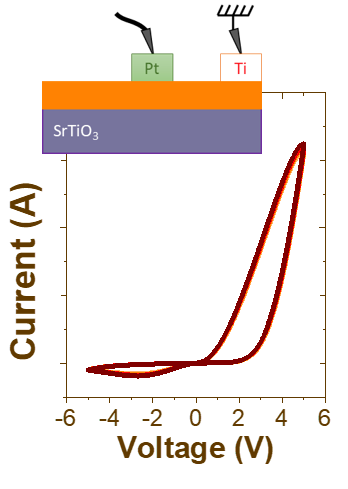
- Perovskites and layered perovskite-related oxides in thin films grown by MOCVD
- Valence change resistive switching
- Properties of functional memristive devices
- More information here
In situ/operando characterisation
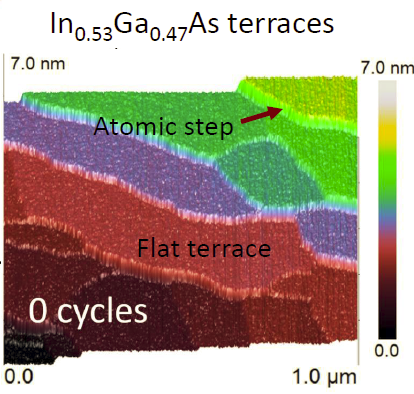
- Structural, chemical, and electrical characterization
- X-ray diffraction & Raman spectroscopy
- In situ investigation of the first step of the growth
- More information here
Permanent staff
Technical support
Serge Quessada (Chemistry)
Laetitia Rapenne (TEM)
Hervé Roussel (XRD)
Sonia Ortega (XPS)
Non permanent staff
Personnel non permanent
Alexandre Dieulesaint (PhD)
Alexandra Koroleva (PhD)
Emilien Lefebvre (PhD)
Lisa Legardinier (PhD)
Manuel Manrique (PhD)
Silvère Panisset (PhD)
Andy Séguret (PhD)
Aditya Sharma (PhD)
Marielena Velasco Enriquez (PhD)
Simon Vernier (PhD)
Zonghao Shen (Post-Doc)
Martin Ignacion Broens (Post-Doc)
Manouel Pichois (Post-doc)
Badreddine Smiri (Post-Doc)
Morgana Müller de Franca (visteur)



